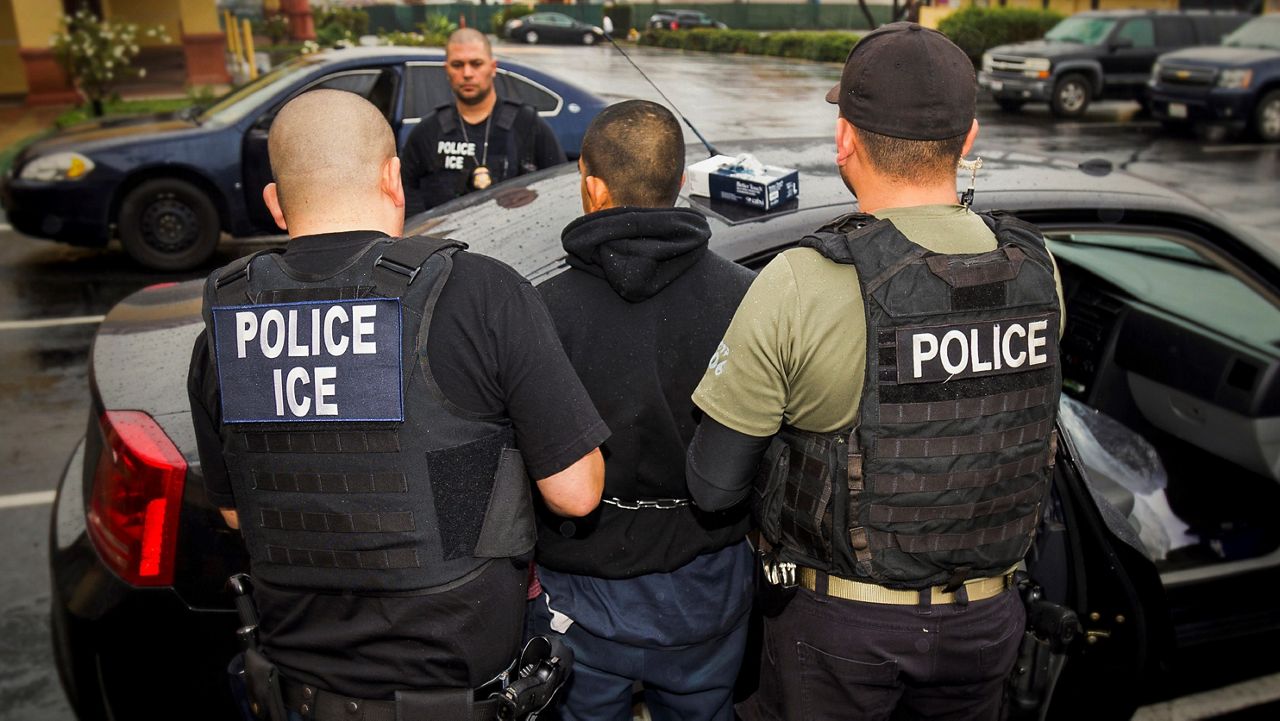Suspected immigrants held in the California Department of Corrections and Rehabilitation are referred to U.S. Immigration and Customs Enforcement, according to a new investigation from a handful of civil rights groups, including the American Civil Liberties Union.
Using emails and records obtained from the state’s corrections agency through a Public Records Act request, the groups said the department made racist assumptions about inmates based on their name, language and birthplace to transfer them to ICE custody.
“We are learning more and more about how our state prison system is choosing to transfer Californians who have completed their sentences to ICE detention,” ACLU Northern California immigrants’ rights fellow Sana Singh said in a statement. “CDCR has, purely by its own initiative, invented a two-tiered system of incarceration that rips Californians from their home.”
The investigation claims CDCR used racist assumptions about inmates to flag them for “potential ICE hold” and deny them rehabilitation, education and training. More than 200 people from CDCR facilities were transferred to ICE in August and September of 2022 — the two months the civil rights groups analyzed.
The “Profile, Tag, Deport” report also alleges CDCR held inmates past their release dates so ICE could detain them. The ICE detentions were initiated by CDCR, the ACLU said.
A CDCR spokesperson told Spectrum News the agency is required to identify incarcerated people in its custody who are subject to deportation and to cooperate with ICE regarding immigration detainers. Those provisions require the agency to determine an individual's place of birth.
"Through the regulatory process, CDCR is currently working to improve the way the department interacts with ICE," the spokesperson said.
Regulation changes could allow incarcerated individuals with ICE holds to be placed in less restrictive housing based on their behavior in prison and program participation.
NOTE: This story has been updated with a statement from the California Department of Corrections and Rehabilitation.



